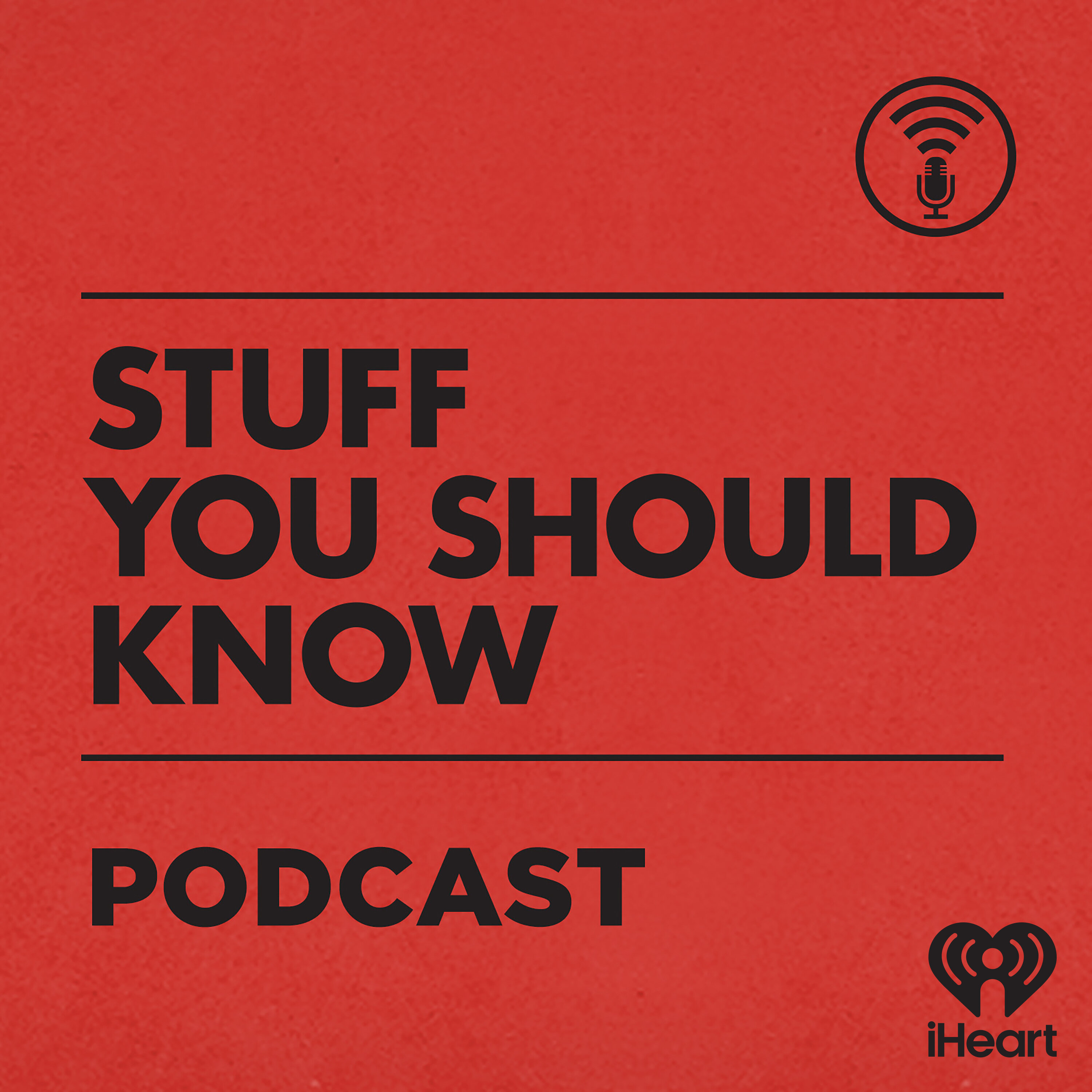
Spend Some Time with Fairies

Stuff You Should Know
Deep Dive
Why did the concept of fairies evolve over time?
Fairies evolved over time because different cultures and regions in Europe developed their own versions of these supernatural beings, each with unique traits and stories. These disparate concepts were eventually consolidated into a more unified idea of fairies, which became more widely recognized in the 19th and 20th centuries.
Why were early elves and fairies often associated with illness and disease?
Early elves and fairies were often associated with illness and disease because they were thought to cause mysterious, sudden-onset health problems. This belief persisted in various forms of folklore, where they were blamed for issues like rashes, livestock deaths, and other unexplained ailments.
Why did the concept of fairies become more positive in some cultures?
The concept of fairies became more positive in some cultures, particularly in Ireland, where they were associated with national pride and traditional folklore. This revival in the 19th century helped preserve and celebrate these supernatural beings as part of cultural heritage.
Why did the Cottingley Fairies hoax become so famous?
The Cottingley Fairies hoax became famous because it captured the public's imagination during a time when spiritualism was popular. The photographs of fairies, taken by two young girls, were believed by many, including Sir Arthur Conan Doyle, who wrote a paper endorsing their authenticity. The hoax remained unexposed for many years, fueling widespread belief in fairies.
Why do fairies have such diverse characteristics and appearances?
Fairies have diverse characteristics and appearances because they originated from various cultural and regional folklore traditions. These traditions often depicted fairies as either benevolent or malevolent, beautiful or ugly, and of different sizes and abilities. Over time, these diverse traits were consolidated into a more unified but still varied concept of fairies.
Why were fairies often associated with nature and rural areas?
Fairies were often associated with nature and rural areas because many folklore traditions depicted them as dwelling in natural settings such as forests, streams, and mounds. They were seen as guardians of the natural world and often played roles in stories involving the protection of animals and the environment.
Why did the belief in fairy changelings persist in folklore?
The belief in fairy changelings persisted in folklore because it provided an explanation for children with disabilities or sudden illnesses. People believed that fairies would steal human babies and replace them with fairy changelings, leading to harmful practices like attempting to drive out the changelings to recover the real child.
Why did Shakespeare's portrayal of fairies in literature become so influential?
Shakespeare's portrayal of fairies in literature became influential because he drew from existing folklore and created vivid, memorable characters like Puck and Queen Mab. His works, such as 'A Midsummer Night's Dream' and 'Romeo and Juliet,' helped solidify and popularize the image of fairies in the public imagination.
- Fairies have existed in many forms in lore throughout parts of Europe for a long time.
- Sometimes they're good fairies. Sometimes they're bad fairies. Sometimes they're evil. Sometimes they're fun.
Shownotes Transcript
Most people think of Tinkerbell when we think of fairies, but the Disney versions capture only the last century or so of what we’ve conceived fairies to be. Over millennia they’ve gone from ugly and scary to pretty and helpful and everything in between. Come meet the fae!
See omnystudio.com/listener) for privacy information.